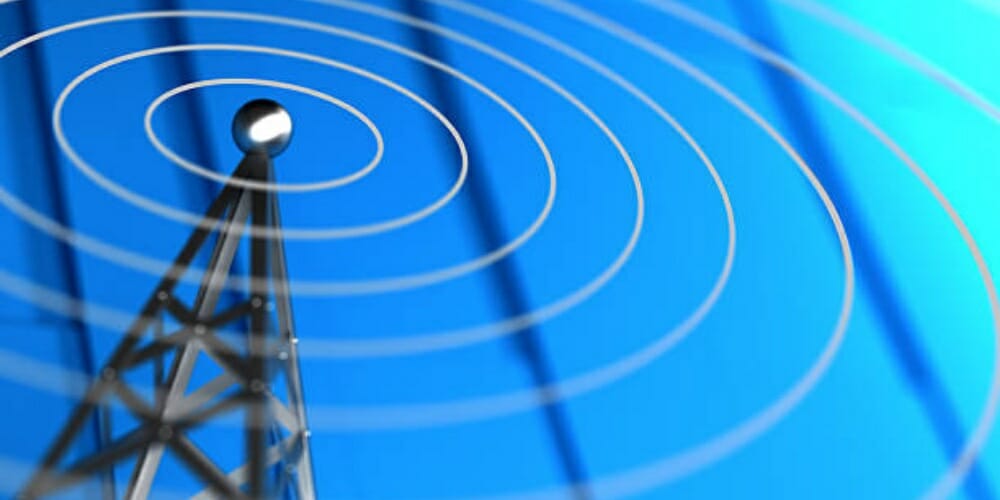Antennas may be fickle, and receiving a signal from one might be challenging at times. Even if you’ve twisted, turned, and adjusted its location, the signals will still be too weak or distorted for some reason.
If you’re up against this problem and don’t want to spend a lot of money on antenna boosters, you can improve television antenna signals with simple homemade ways.
In general, there are free and homemade ways wherein you can boost your TV antenna signal, such as locating your area’s broadcast towers, aiming your antenna to transmission towers, or elevating your antenna. You could also position your antenna near a window, deal with interference, protect your antenna from the elements, or use a metal hanger or aluminum foil.
In this article, let’s dig deeper into these different homemade ways to boost your TV antenna’s signal to improve your signal reception without spending too much money.
7 Homemade Ways to Boost Antenna Signals
So, how do you boost the TV antenna signal in a homemade way? Here are the ways:
Way #1: Locate Your Area’s Broadcast Towers
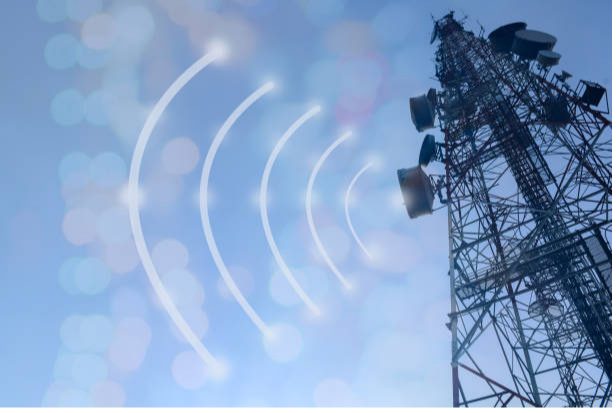
There will undoubtedly be a nearby TV station tower if you receive TV signals. Finding it is the actual challenge. You can find it by looking at internet TV station maps. These resources are available on dedicated websites, which include the ability to generate reports that summarize your local TV signal strength and the distances and directions of transmission towers in your area. (1)
You can also use an app like This one (not affiliated)
If there are multiple TV stations around you, choose the one that is nearest to you. Also, knowing the exact distance between you and the TV station can help you select a suitable antenna. Not all antennas cover the same area, and not all antennas are located in isolated areas.
Way #2: Aim Your Antenna to Transmission Towers
Start directing your antenna toward the nearest TV station tower once you have identified the tower’s location. Although the tower is certainly omnidirectional, these signals are amplified when the antenna is pointed at them. However, an antenna is a TV signal receiver with a limited range and “line of sight.” Hence, make sure you buy the proper one covering a wide area.
Moreover, when you direct the antenna towards the tower, you establish a transmission path. But everything from trees to mountains might block your view, which leads your TV antenna’s vision to be impeded. In that scenario, look for other neighboring stations or repeaters.
Way #3: Elevate Your Antenna
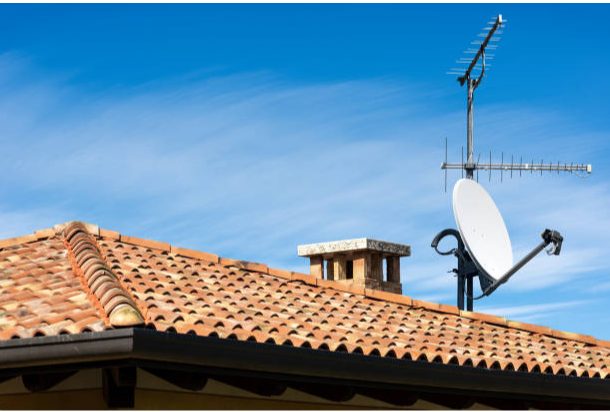
The taller the antenna, the better the signal strength and more stations you can receive. It’s because you’ll be removing potential interference that’s causing obstructions. With that, you could boost the antenna’s line of sight as high as obstacles. Also, it’s usually the best site to put an outdoor TV antenna since your home’s roof is the tallest point. You should put the antenna on a precisely vertical mast to aim it directly at transmission towers, or else you may experience poor antenna reception.
Additionally, indoor antennas follow the same principle. Place the antenna on a higher floor or perhaps in the attic, rather than right next to your TV in the basement.
Way #4: Position Your Antenna Near a Window
Mounting your antenna on the top of your home or building may not be possible. Therefore, you’ll have to settle for an indoor television antenna. However, if you put your antenna inside, many things could interfere with the signal’s reception. In that case, mounting your antenna near a window might be the best move. It provides the clearest line of sight to the TV station without obstacles blocking it. The signals are being directed to your antenna, so there is hardly any distortion.
It also applies to outdoor antennas. If you can’t get to your rooftop, it’s sometimes easier to mount the antenna on a window as it’s more accessible and can provide excellent antenna reception.
Way #5: Deal with Interference
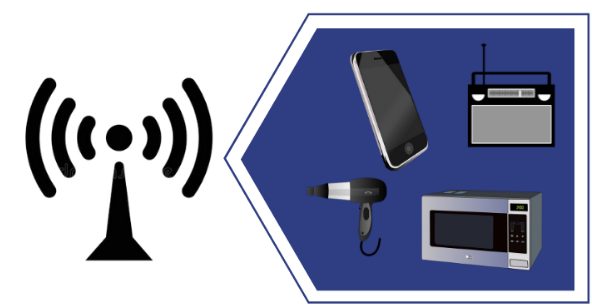
This can take numerous forms, and you need to learn about them to improve your received TV antenna signal utilizing homemade ways:
Household’s Electromagnetic Appliances
Such interference is most commonly seen in older homes with outdated electrical systems having inadequate electromagnetic shielding by today’s standards. If your TV visuals are continually blacking out at random times, evaluate the entire system beginning with the antenna. Then, make sure the coaxial cables are not perpendicular or parallel to any electrical wiring and do not cross at any point. Also, to isolate the source of the problem, test the effect of each appliance independently while watching the signal reaction until you’re confident that you’ve isolated the interference’s source. (2)
Reflective Surfaces Near Your Antenna
Reflective surfaces cause radiofrequency waves around the TV antenna to distort or weaken. Metal roofs, for example, can disrupt or obstruct TV reception. If your window has metallic bug screens or burglar bars, the interior antennas may be unable to receive signals. So, keep your antenna at least 6 feet away from these metallic items.
Cell Phone Signals
The 4G LTE and 5G transmissions from many cellphones can occasionally interfere with TV and UHF channels. So, to avoid this type of interference, you can use an LTE filter. You could install it by screwing it on between your antenna coaxial’s end and the connected device.
Radio Signals
If you live near an FM radio station, the station may cause interference with some of your weaker VHF TV stations. In that case, many preamplifiers have integrated FM traps to block these frequencies.
Way #6: Protect Your Antenna from the Elements
Rain, wind, and even the blazing sun may wear down and damage outdoor equipment. The backbone of an antenna may be watertight and sturdy, but individual components like connectors and screws will not last long, especially if they’re of poor quality. With that, I recommend inspecting your outside television antenna once a year and any other devices or cables. It helps you identify corroded or rusted components and repair them in many ways, such as weatherproofing the cable connections, replacing the impaired cables, or fastening the antenna.
Way #7: Use a Metal Hanger or Aluminum Foil
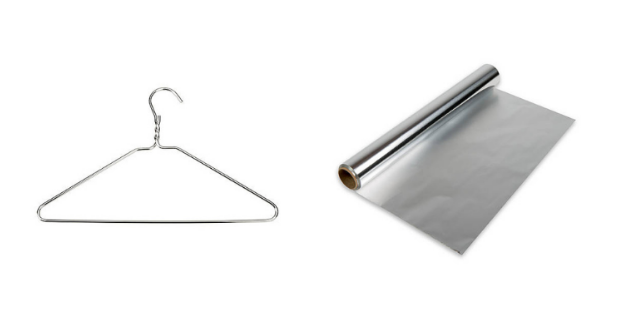
With this method, you’ll need a metal hanger, speaker wire, and tape to accomplish the task. Place the metal hanger outside as an external antenna. Then, use the speaker wire as an extension for your antenna. After that, tape the wire and hanger together to keep them from falling off. Lastly, place the metal hanger in a prominent location and secure it with tape. You should have a good signal and more television stations if you did everything correctly.
Moreover, you can wrap aluminum foil around your antenna. Aluminum foils boost antenna signals because these are conductors. It also has a larger surface area for accurately capturing signals. The frequency range of an antenna is determined by its size. Thus, increasing the surface area expands the frequency band.
Choosing the Right Antenna Type
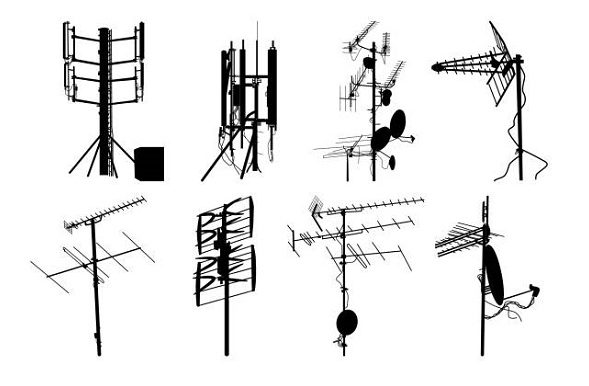
A Yagi-style unidirectional antenna may be appropriate if stations are close together since it features a single long metal axis with high gain in a particular direction. However, because towers are frequently split apart, aiming in the general direction of towers (even if they are separated by many compass degrees) will often suffice.
On the other hand, if you find that stations are positioned in different directions around you, a multidirectional or omnidirectional antenna may be the solution. But because different manufacturers provide antennas with different reception beam widths, it isn’t easy to generalize the exact separation distances that necessitate a specific antenna type. Additionally, many reception and interference conditions in the proximity of your antenna may affect your reception.
Take a look at some of our related articles below.
- 7 ways to boost HDTV antenna signals
- Test TV signal strength
- What is the best TV antenna signal booster
References
(1) websites – https://www.britannica.com/technology/website
(2) electromagnetic – https://ece.northeastern.edu/fac-ece/nian/mom/electromagnets.html

